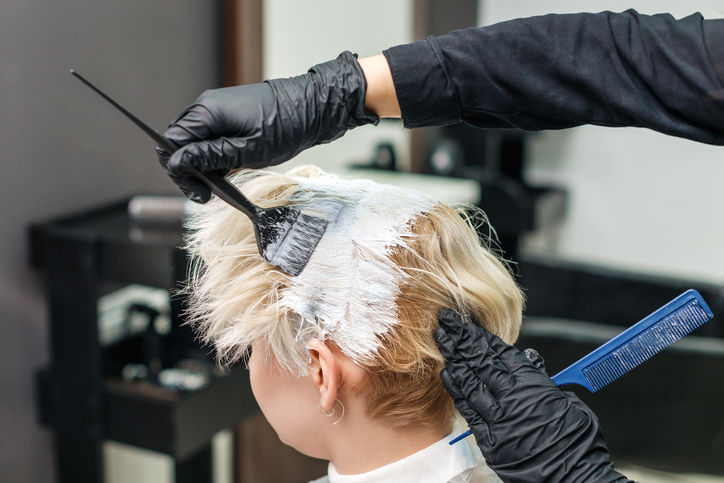

Hydrogen Peroxide (also known as H2O2), is a colourless liquid that is bitter in taste. In its gas form, small amounts occur naturally in the air.
Despite being non-flammable , it is an unstable substance that begins to decompose when exposed to air or water. It is also a powerful oxidising agent – this basically means that it adds oxygen to another substance.
Hydrogen peroxide is used across a range of industries, from the manufacturing and medical fields, as well as for more domestic and cosmetic use.
A great example of industrial use is the fact that most of the world’s hydrogen peroxide is used during the pulp and paper bleaching process to give paper that “paper white” colour.
In the medical field, hydrogen peroxide can be used to sterilise surgical tools, surfaces and when deployed as a vapour, it is an excellent substance to sterilise rooms.
Similar to its use in paper production, hydrogen peroxide is lauded for its ability to lighten or bleach items, making it the ideal ingredient in laundry detergents, toothpastes and of course, hair bleach – it’s not a coincidence it’s referred to as, “peroxide blonde”!
Depending on the concentration, hydrogen peroxide is generally quite safe for topical use on our bodies and general household use. In fact, the hydrogen peroxide sold at the supermarket and pharmacy is sold as a general disinfectant.
But with all chemicals, caution must be taken and the negative effects of exposure can still occur either through inhalation, ingestion or skin/eye contact.
Inhalation can be particularly dangerous due to its nearly odourless properties, as the amount of exposure and its effects can be underestimated.
At concentrations of 3-5%, hydrogen peroxide is mildly irritating to the skin and eyes, however, concentrations of 10% or higher are highly irritating and may be corrosive.
Similarly, if ingested; concentrations of up to 9% are generally non-toxic but may cause you to experience vomiting and diarrhoea. Ingesting industrial strength hydrogen peroxide may result in death.

If you have swallowed hydrogen peroxide, seek medical attention immediately and do not induce vomiting unless they have advised you to do so.
If hydrogen peroxide has been inhaled by a person, remove them from the contaminated area to the nearest fresh air source and monitor their breathing. If they find breathing difficult, give them oxygen. If they are not breathing, perform CPR with caution – it may be hazardous to the person performing CPR.
In the event of hydrogen peroxide exposure to skin; remove all contaminated clothing, footwear and accessories and cleanse the affected area with plenty of soap and water. Contaminated clothing must be washed prior to wearing again. Apply the affected area with a lotion or antibacterial cream (depending on severity) to soothe the irritation.
If eye exposure occurs, remove any contact lenses and flush the eye with plenty of water for at least 15 minutes.
Hydrogen peroxide is non-flammable but it can be slightly explosive when exposed to fire, heat and sparks. Fires should be extinguished with water and not dry chemicals or foam.
Safety showers and emergency eyewash fountains should be accessible in the immediate area of the potential exposure to the chemical and there should always be adequate ventilation.
PPE, such as safety glasses with side shields, a solvent-protective apron and solvent-protective gloves are always a good idea when dealing with chemicals too!
Chemwatch has the largest collection of SDS in the world. For a FREE copy of the Chemwatch-authored SDS for Hydrogen Peroxide, click the button below.